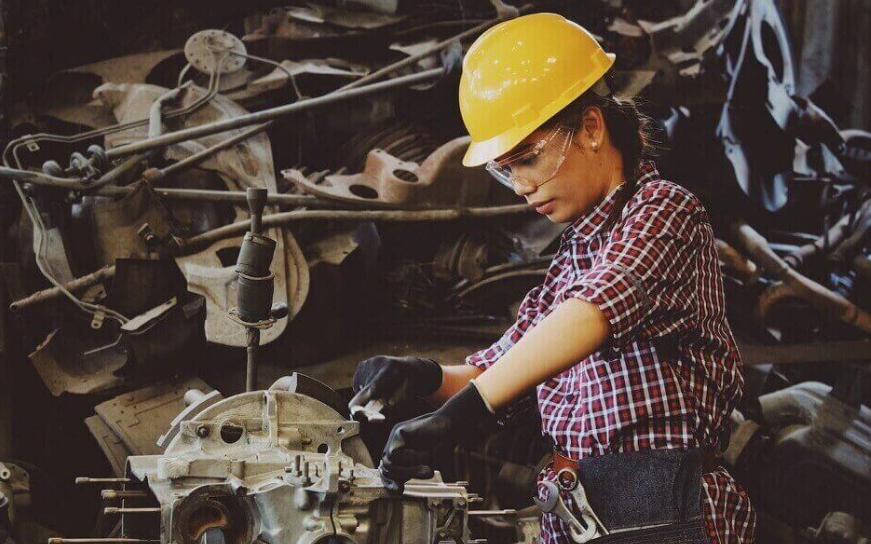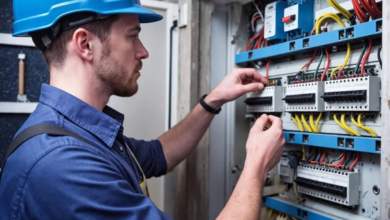Between salt-laden sea air, steep escarpments, and constant industrial activity, plant equipment maintenance in Illawarra demands more from crews than a typical inland operation. Mechanics and planners across the region must juggle corrosion control, tight shutdown schedules, and a diverse mix of assets, from quarries and steelworks to ports, local councils, and renewables. It’s work that rewards discipline, good records, and a solid understanding of the coastal environment.
A well-planned program for plant equipment maintenance Illawarra operations keeps machines running efficiently despite the harsh conditions. This guide brings together practical strategies used by local maintenance teams: what types of equipment need attention, how to plan for coastal corrosion, the role of predictive monitoring, safety and compliance essentials, and innovative ways to reduce downtime without cutting corners.
The Local Picture: Industries and Conditions
Key Sectors and Their Demands
Illawarra’s plant fleet is as varied as its geography. Port Kembla’s logistics and steel infrastructure, the surrounding quarries near Albion Park and Bombo, council civil works, and major infrastructure projects along the Princes Motorway all rely on dependable maintenance routines. Add in wind and solar farms across the escarpment, and you get a maintenance workload that mixes fixed, mobile, and hybrid assets, all under pressure from salt, wind, and moisture.
Operating conditions can shift quickly. One day, it’s dust and vibration in a quarry; the next, it’s a soaked clay pit or sea spray from the coast. These environmental swings accelerate corrosion, clog filters, and stress electrical and hydraulic systems. In Illawarra, maintenance isn’t just about keeping a schedule; it’s about adapting to what the weather and terrain throw at you.
Standard Equipment and Frequent Failures
Local fleets include excavators, loaders, crushers, conveyors, cranes, forklifts, haul trucks, pumps, and generators. Each has predictable wear points, but coastal exposure changes the timeline. Fastener corrosion, paint breakdown, oxidized connectors, and galvanic corrosion where metals meet in wet conditions are all routine threats.
For a mobile plant, hydraulic integrity and cooling performance are top priorities. Fixed equipment, such as conveyors and crushers, depends on bearing health, alignment, and vibration control. Electrical cabinets, particularly near the foreshore, require strict sealing and humidity management, which is a weak point in many older installations.
Preventive and Predictive Maintenance Practices
Scheduling and Lubrication
At the coast, standard service intervals often shrink. Where 500-hour cycles might work inland, 300–400-hour checks are common practice in Illawarra. Filters, seals, and breathers wear faster due to salt and dust exposure. Marine-grade greases and corrosion-resistant lubricants should be standard, especially for exposed hinges, pins, and couplings.
Small habits make a big difference: post-storm rinse-downs, daily cleaning of electrical housings, and re-lubricating after salt exposure add months to component life.
Condition Monitoring
Local maintenance crews increasingly use predictive tools:
- Vibration analysis detects early bearing wear and imbalance.
- Oil sampling highlights contamination and fuel dilution.
- Thermography reveals overheating in switchboards and bearings.
- Ultrasonic inspection helps locate air leaks or thinning in pipes.
When linked to a CMMS (Computerized Maintenance Management System), this data builds a clear picture of asset health. Even small dashboards showing fuel burn, lubrication trends, and vibration alerts can prevent major breakdowns.
See also: Security Made Simple: Finding an Affordable Locksmith on the Gold Coast
Coastal Corrosion Management
Illawarra’s C4–C5 marine environment accelerates rust and surface breakdown. A layered defense strategy works best:
- Apply marine-grade coatings with verified film thickness.
- Use stainless steel hardware or isolate dissimilar metals.
- Maintain IP-rated enclosures with desiccant breathers.
- Establish wash-down routines using freshwater after salt exposure.
- Inspect paint edges, welds, and brackets regularly — corrosion often starts there.
Electrical terminals should be greased with anti-oxidant compounds after inspection. This simple step can double the lifespan of connectors exposed to coastal humidity.
Safety, Compliance, and Training
Illawarra’s maintenance operations must comply with SafeWork NSW regulations and national standards, such as:
- AS/NZS 4024 (Safety of Machinery)
- AS 2550 & AS 1418 (Cranes)
- AS 2865 (Confined Spaces)
- AS 1657 (Platforms and Walkways)
- ISO 45001 (Safety Systems)
Documentation is a cornerstone of compliance. Maintenance records, isolation logs, inspection checklists, calibration certificates, and SWMS (Safe Work Method Statements) prove due diligence when auditors visit.
Isolation and Permit Systems
Most Illawarra plants use Lockout/Tagout (LOTO) procedures integrated with permit-to-work systems for hot work, confined spaces, and electrical testing. Positive isolation and verification steps prevent accidents. For mobile plant, simple measures like chocking, isolating batteries, and tagging controls prevent rollaways and restarts during servicing.
Competency and Contractor Oversight
Maintenance personnel must hold high-risk work licenses for cranes, EWPs, and dogging/rigging when required. Contractors should be pre-qualified, inducted, and performance-scored after shutdowns. Many Illawarra sites run “post-job reviews” to capture lessons and update procedures immediately after work completion.
Reducing Downtime with Smarter Planning
Spares and Vendor Coordination
Downtime costs spike during quarry blasts, port load-outs, or concrete pours. A criticality-based spares strategy helps:
- A-class parts: stocked on-site or consigned.
- B-class: locally available within 24 hours.
- C-class: ordered as needed with alternate suppliers identified.
Local vendors can often provide rush rebuilds or exchange units; building those relationships pays off when every hour counts.
Workshop vs. Field Repairs
Field servicing handles diagnostics, oil changes, and minor swaps. Workshop repairs are better for component rebuilds, cylinder honing, and precision alignments. Many Illawarra crews follow a simple rule: if it requires contamination control or alignment tables, it belongs in the workshop.
Preparing for the Coastal Climate
Before storm season, smart crews:
- Inspect roofs, drains, and electrical cabinets.
- Recheck earthing and corrosion-prone joints.
- Verify backup power systems and pumps.
- Increase wash-down frequency post-storms.
A proactive “pre-summer audit” (focused on corrosion and drainage) can prevent months of reactive maintenance during the wetter months.
Conclusion
Plant equipment maintenance in Illawarra isn’t glamorous, but it’s the foundation of reliability in a demanding environment. Teams that tighten service intervals, invest in condition monitoring, and prioritize corrosion control will see fewer failures and lower lifetime costs. Combine that with strong safety systems, good records, and quick supplier coordination, and Illawarra’s industrial backbone, from the port to the plateau, stays strong, even when the salt and storms roll in.





